The Unite Blockchain recently released a report highlighting the immense potential of Web3 mobile gaming. According to their analysis, the global mobile gaming industry, estimated to encompass 7 billion users, generates a staggering $350 billion in annual revenue, with 85% of that income originating from mobile gaming.
The report underscores the significant shift in consumer preferences towards mobile gaming, attributing this trend to the widespread availability and accessibility of mobile devices. With the mobile gaming market projected to surpass the PC gaming market, mobile gaming has emerged as the dominant form of gaming, capturing a larger audience due to its convenience and ease of use.
Web3 Gaming: An Emerging Market
Despite being in its nascent stage, Web3 gaming, especially in the mobile sector, shows promising growth potential. Currently valued at $1 billion, Web3 mobile games have the opportunity to expand significantly, possibly matching the $15 billion market value of Web3 PC games. This disparity indicates a substantial room for development, with projections suggesting a potential growth rate of 34 times to align with the mobile-to-PC ratio observed in traditional gaming.
Integrating blockchain technology into games offers numerous advantages, particularly in tokenizing in-game assets and providing players with actual ownership through NFTs. This integration opens up new economic models and revenue streams, enhancing the overall gaming experience for users. The interactive nature of games aligns well with the Web3 concept of user ownership, fostering a sense of involvement and ownership among players.
Decentralized and Community-Based Governance
Gaming communities, known for their enthusiasm and engagement, are well-suited for decentralized autonomous organization (DAO) structures. Leveraging Web3 technology can formalize and reward community contributions, leading to more resilient and sustainable game economies. The interoperability aspect of blockchain technology promotes cross-game activities and economies, creating intricate player-driven ecosystems across various titles.
The demographic overlap between the gaming community and blockchain enthusiasts, particularly in young, tech-savvy demographics, bodes well for the adoption of Web3 mobile gaming. Developing countries with growing middle classes show a similar level of interest in mobile gaming and blockchain technologies, signaling a potential growth opportunity for Web3 mobile games in these regions.
The Path Forward for Web3 Gaming
To fully leverage the potential of Web3 mobile gaming, platforms and developers must focus on creating engaging user experiences that effectively utilize blockchain technology. This entails developing innovative gaming mechanisms, promoting community involvement, and addressing regulatory challenges to ensure compliance and user trust. Education and awareness play a crucial role in driving the adoption of Web3 gaming, as platforms and developers must provide clear information about the benefits and implications of blockchain integration.
In conclusion, the integration of Web3 technology into mobile gaming has the potential to revolutionize the gaming industry, offering more immersive experiences and new revenue streams for developers. As the industry continues to evolve, stakeholders must navigate the balance between decentralization and commercial viability to ensure the sustainable growth of Web3 mobile gaming.


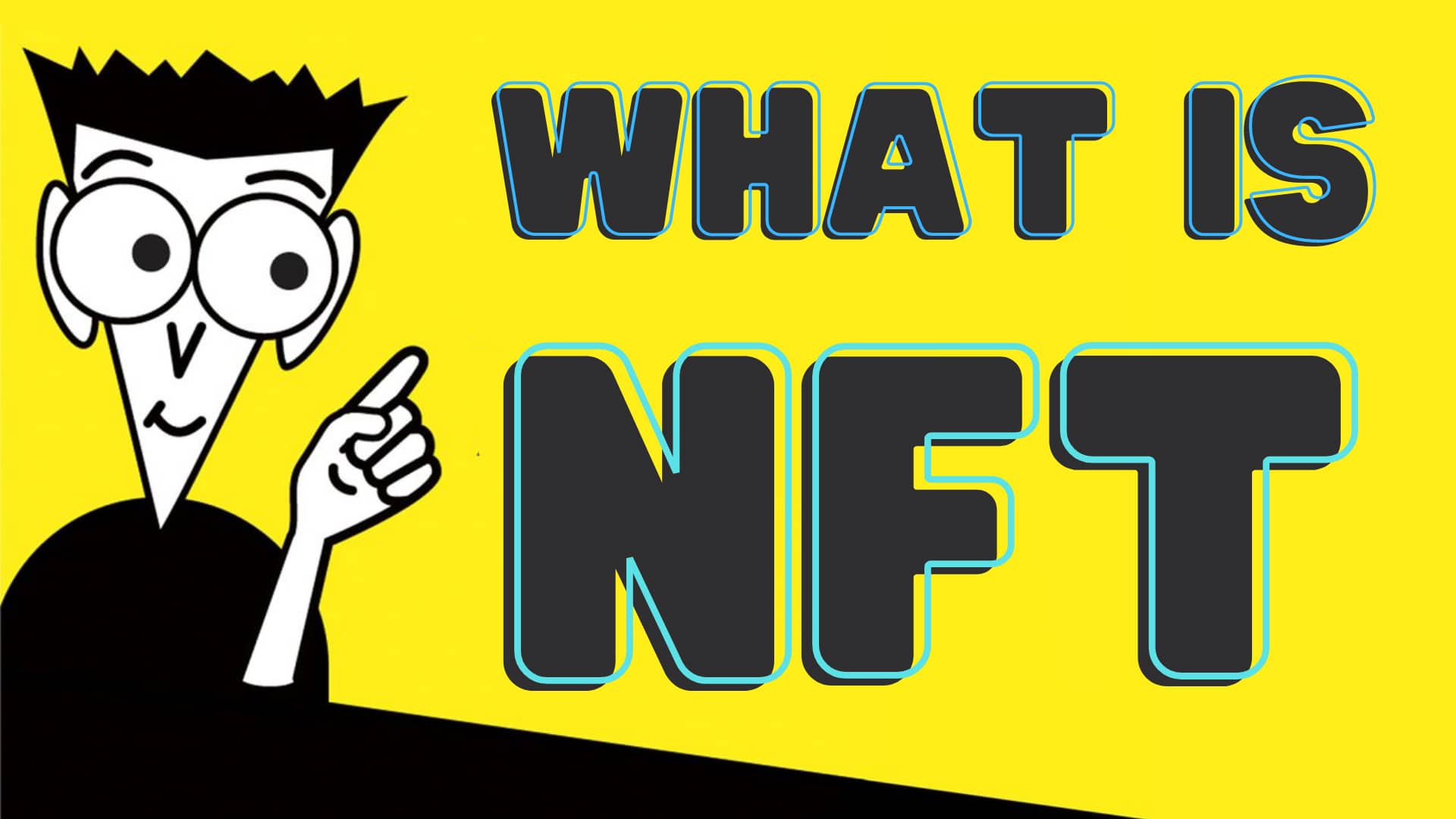
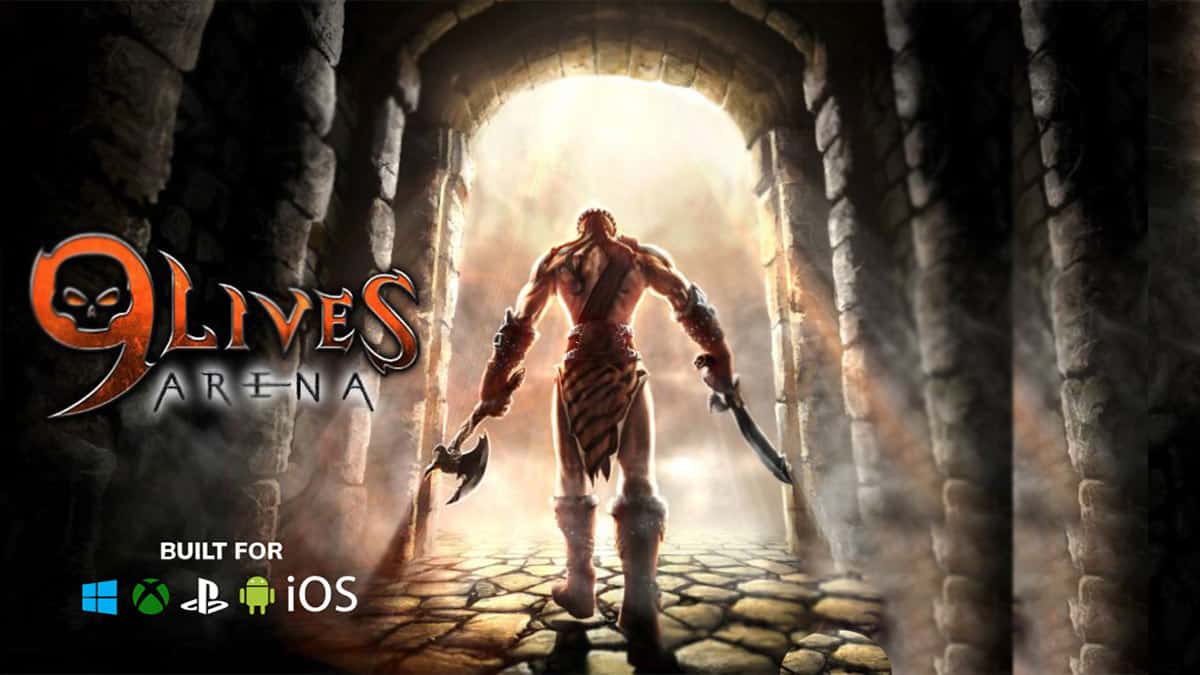
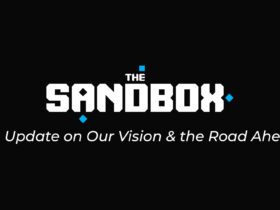

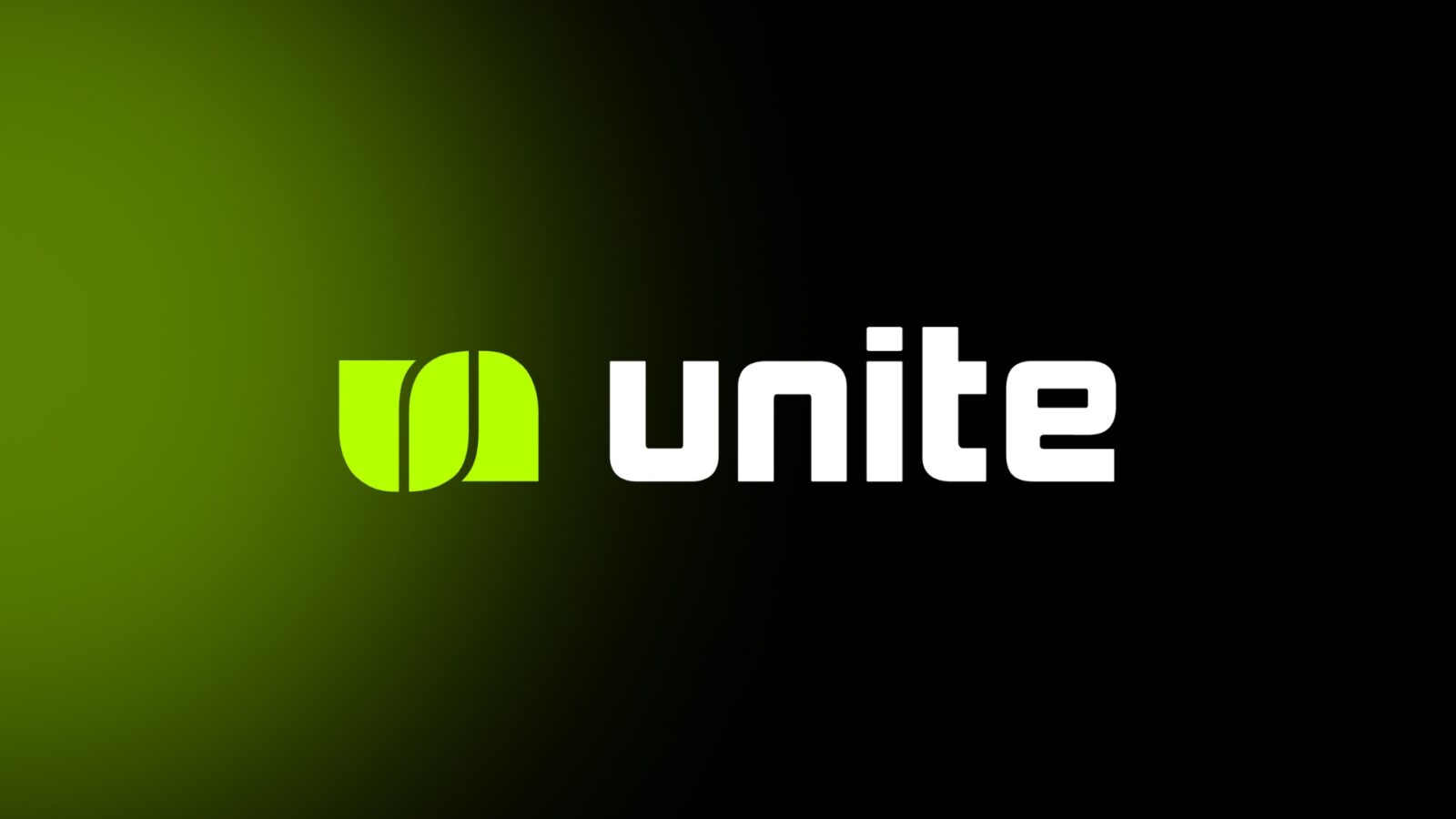
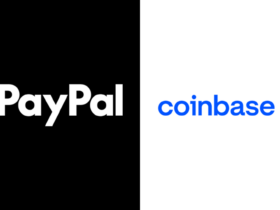


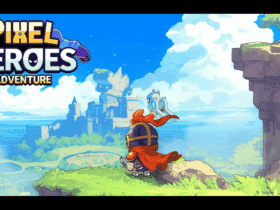












STAY ALWAYS UP TO DATE